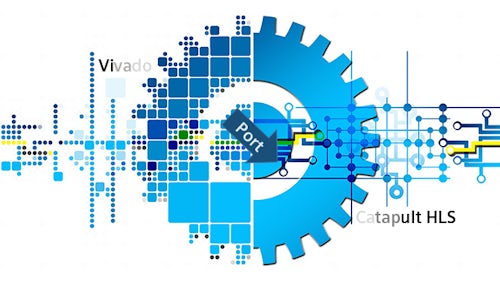Ship operators need to navigate a thin line between being competitive and being profitable. Digital twin technology, when applied to the fleet as a whole, can give operators precious insight on how to improve overall effectiveness.
Leverage the digital fleet to optimize your fleet’s operations and get ready for 2030!
Digital fleet smart technology
Innovation in the marine industry occurs at every level from design through operation. Smart technology for your digital fleet allows one to predict and analyze all vessel behavior in confidence. Benefits of fleet management software are analyzed in this report from an industry expert, read more!
Vessel management system
Apply this vessel management system across an entire fleet to position ships where they need to be. Maximize utilization, minimize costs, manage crew levels and optimize the system as a whole. Prepare for the future of the marine industry by advancing your vessel operations, learn more from an industry expert!
About the “marine industry in 2030” thought-leadership series
What will the marine industry look like in 2030? We asked Monica Schnitger, naval architect and principal analyst at Schnitger Corporation, to answer this question for us. The result is a set of six briefs, each covering a different angle of the future of shipping. This brief focuses on one of the top challenges the marine industry is facing today: navigating a digital fleet.




